Bagtikan Tree
- October 28, 2024
- 0 comment
The Bagtikan Tree, scientifically known as Parashorea malaanonan, is a significant tropical hardwood tree native to Southeast Asia, particularly the Philippines, Malaysia, and Indonesia. This majestic tree belongs to the Dipterocarpaceae family and plays a vital role in forest ecosystems due to its impressive size and long lifespan.
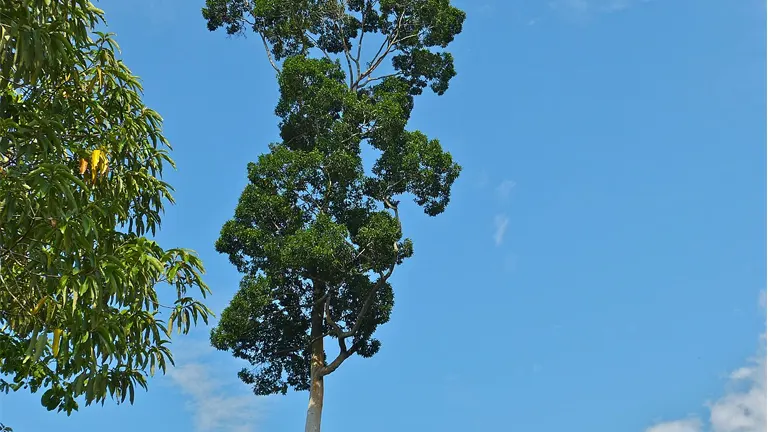
Known for its towering height and durable wood, the Bagtikan tree contributes to biodiversity and supports a wide range of wildlife. As a vital species in rainforests, it helps maintain soil stability, promotes nutrient cycles, and supports other plants and animals, making it an essential component of tropical ecosystems.
What Is a Bagtikan Tree?
The Bagtikan Tree, or Parashorea malaanonan, is a member of the Dipterocarpaceae family, a group of tropical hardwood trees highly valued for their timber. This species is renowned for its large size, with some trees reaching heights of over 50 meters (164 feet). The Bagtikan’s bark is typically grayish-brown and rough-textured, and its leaves are broad and leathery, offering substantial shade in dense forests.
The tree produces small, creamy white flowers that bloom during specific seasons, attracting pollinators like bees. Interestingly, the Bagtikan tree also contributes to soil health by improving nutrient cycling and providing organic matter as its leaves decompose. With a lifespan that spans several decades, if not centuries, Bagtikan trees are resilient members of the forest community, adapting well to their natural habitats.
| Characteristic | Description |
|---|---|
| Scientific Name | Parashorea malaanonan |
| Family | Dipterocarpaceae |
| Native Region | Southeast Asia, especially the Philippines, Malaysia, and Indonesia |
| Foliage | Broad, leathery leaves |
| Foliage Color | Dark green, turning brown as they mature and fall |
| Canopy Shape | Tall, straight, with a dense crown |
| Landscape Use | Commonly used in reforestation and for timber |
| Cultural Significance | Valued in local communities for both ecological and economic benefits |
| Ecological Benefits | Enhances soil fertility through leaf litter; prevents erosion and supports diverse wildlife |
| Edible Parts | None, primarily used for timber and ecological purposes |
| Adaptability | Thrives in tropical rainforests, prefers rich, moist soil but has moderate drought tolerance |
| Symbolism | Represents strength, sustainability, and biodiversity conservation |
Different Types of Species Bagtikan Tree
While Parashorea malaanonan is a well-known species, the Bagtikan tree family encompasses several closely related species within the Dipterocarpaceae family. Here are some notable Bagtikan species and their ecological roles:
Parashorea Malaanonan
The primary species referred to as Bagtikan, this tree is native to the Philippines and other parts of Southeast Asia. Known for its straight, towering trunk, it’s often a favorite in timber production.
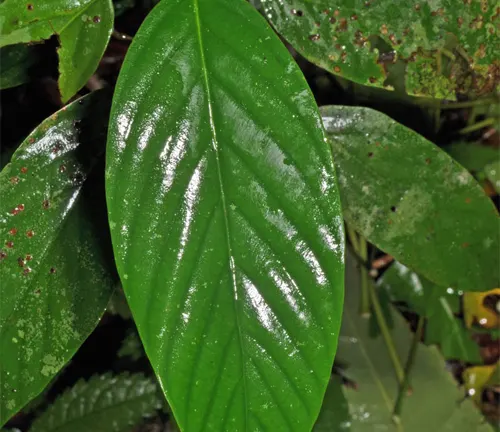
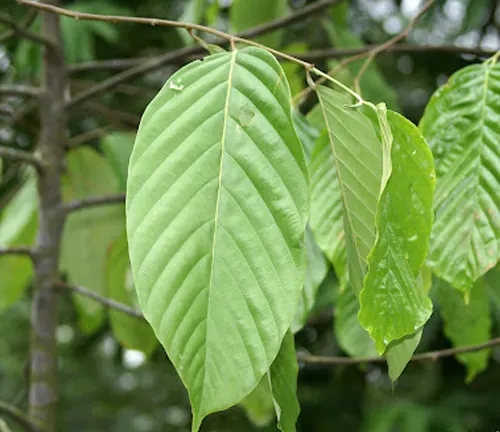
Parashorea Plicata
Another Southeast Asian species, P. plicata is also highly valued for its hardwood and plays a similar role in forest ecosystems, contributing to soil health and providing shelter for wildlife.
Parashorea Lucida
Known for its smoother bark, this variant is primarily found in lowland forests and varies slightly in appearance and habitat preference.
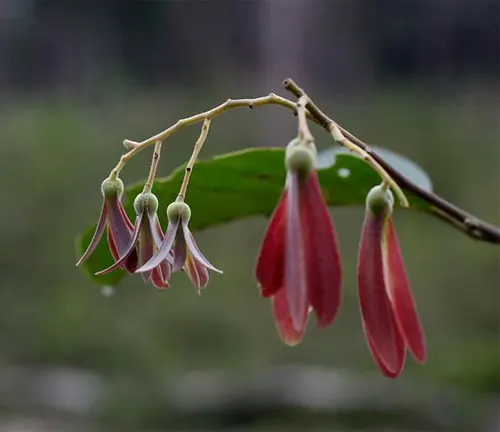
Each of these species supports soil stability in tropical forests, acting as windbreaks and providing shelter for smaller plants, animals, and insects.
Where Do Bagtikan Trees Grow?
Bagtikan trees are primarily found in tropical rainforests across Southeast Asia, especially in the Philippines, Malaysia, and Indonesia. These trees thrive in warm, humid climates and are often found at elevations ranging from sea level up to 1,000 meters. Bagtikan trees are well-suited to regions with high rainfall and nutrient-rich soil, where they can grow quickly and develop their massive trunks. In their natural habitats, Bagtikan trees contribute to ecosystem stability, preventing soil erosion on slopes and providing shade and shelter for numerous plants and animals. Additionally, they are integral to maintaining the moisture levels in forests, creating a stable microenvironment that supports diverse flora and fauna.
How to Grow and Care for Bagtikan Tree
Growing a Bagtikan tree requires careful attention to its natural habitat needs. Here are essential tips for cultivating this tropical hardwood in a home garden or managed forest area:
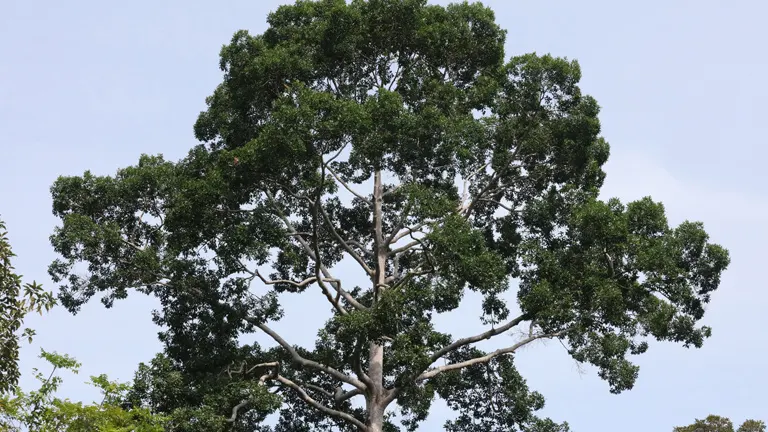
- Soil: Bagtikan trees prefer deep, fertile, well-drained soil, typically slightly acidic to neutral. They thrive in soil rich in organic matter, which helps retain moisture.
- Watering: In their natural habitats, Bagtikan trees receive ample rainfall. If planted in a garden, ensure regular watering, especially during dry periods, to mimic tropical rainfall levels.
- Sunlight: Full sunlight is ideal for Bagtikan trees, although they can tolerate partial shade. Avoid planting them in areas with extreme shade, as this can hinder growth.
- Propagation: Bagtikan trees are often propagated from seeds, which can be challenging to cultivate due to their low germination rates. Starting seeds in a controlled environment can improve success.
- Maintenance: Regular pruning is minimal, but removing dead or weak branches helps keep the tree healthy. Protect from pests like beetles and fungi, which can damage the wood.
Ecological Benefits of Bagtikan Tree
The Bagtikan tree provides numerous ecological benefits that make it a keystone species in tropical forests:
- Soil Quality: As leaves and branches fall and decompose, they contribute nutrients back to the soil, enriching it and promoting the health of surrounding vegetation.
- Erosion Control: Bagtikan trees stabilize soil, particularly on slopes, reducing the risk of landslides in forested regions.
- Habitat for Wildlife: The Bagtikan tree is home to various species, from insects and birds to mammals that rely on it for shelter and food. Its flowers and fruits also attract local pollinators, enhancing biodiversity.
Bagtikan Tree Flowering and Pollination
The Bagtikan tree produces clusters of small, white flowers that bloom in specific seasons, often triggered by rain patterns or temperature changes. These flowers have a subtle scent that attracts bees, butterflies, and other pollinators, facilitating cross-pollination. The tree’s flowering cycle is essential to the forest’s ecosystem, as it encourages biodiversity by supporting pollinators. Once pollinated, the tree produces small fruits that contribute to the forest’s seed bank, supporting regeneration and growth of new Bagtikan trees.
Is Bagtikan Tree Drought-Tolerant?
While the Bagtikan tree is generally adapted to tropical climates with consistent rainfall, it has moderate drought tolerance. In periods of low rainfall, the Bagtikan tree may reduce its water needs by shedding leaves to conserve moisture. This resilience allows the tree to survive occasional droughts; however, prolonged dry spells can weaken its growth. In regions with seasonal droughts, additional irrigation can support its health, particularly in younger trees.
Bagtikan Tree and Wildlife Interactions
Bagtikan trees play a crucial role in supporting local wildlife. Birds, small mammals, and insects find shelter in its branches, while various species rely on its flowers and fruits as a food source. The tree’s large canopy also provides a habitat for epiphytes, or “air plants,” which grow on its branches without taking nutrients from it. This symbiotic relationship supports local biodiversity and promotes a healthy ecosystem by creating complex habitats that sustain a range of organisms.
Conclusion
The Bagtikan tree, Parashorea malaanonan, stands as an essential part of tropical forests, contributing to both ecological balance and biodiversity. By stabilizing soil, supporting pollinators, and providing a home for numerous species, the Bagtikan tree plays a vital role in forest ecosystems. Its significance extends beyond environmental benefits, as its durable wood is also valuable in construction, making it a key resource for local communities. Protecting and conserving Bagtikan trees is crucial for preserving the biodiversity and health of tropical forests, underscoring the need for sustainable practices and conservation efforts in the face of habitat loss and climate change.
Frequently Asked Questions (FAQs)
- What is the scientific name of the Bagtikan Tree?
The scientific name is Parashorea malaanonan. - Where is the Bagtikan Tree commonly found?
It’s native to Southeast Asia, mainly in the Philippines, Malaysia, and Indonesia. - What family does the Bagtikan Tree belong to?
It belongs to the Dipterocarpaceae family. - What are the key characteristics of the Bagtikan Tree?
The tree is known for its tall, straight trunk, broad leaves, and dense canopy. - What ecological benefits does the Bagtikan Tree provide?
It enriches soil, prevents erosion, and provides shelter for wildlife. - Can the Bagtikan Tree be grown outside its native habitat?
Yes, but it prefers tropical climates with rich, moist soil. - Does the Bagtikan Tree have any edible parts?
No, it’s mainly valued for timber and its role in ecosystems. - Why is the Bagtikan Tree important for biodiversity?
It supports diverse species, stabilizes ecosystems, and enhances soil health.
We hope this guide has highlighted the importance of the Bagtikan Tree. Have experiences or ideas about conserving this species? Share your thoughts below to inspire others to protect our biodiversity. Don’t forget to share this guide with those passionate about sustainability and conservation!


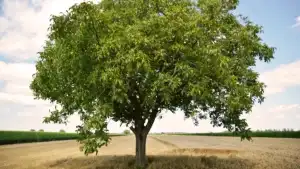

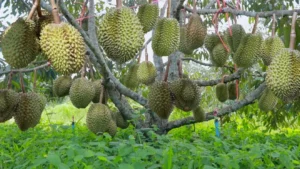

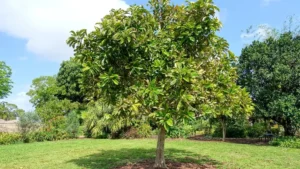
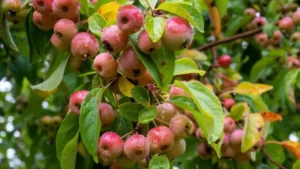
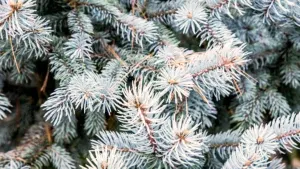
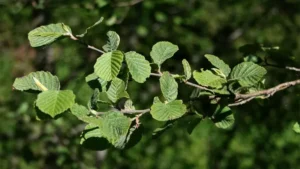
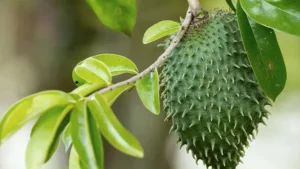
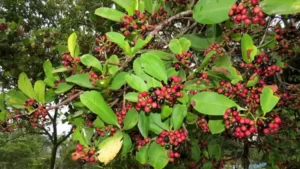

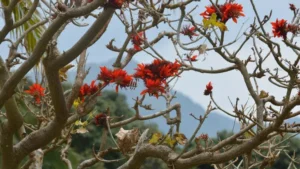
Leave your comment